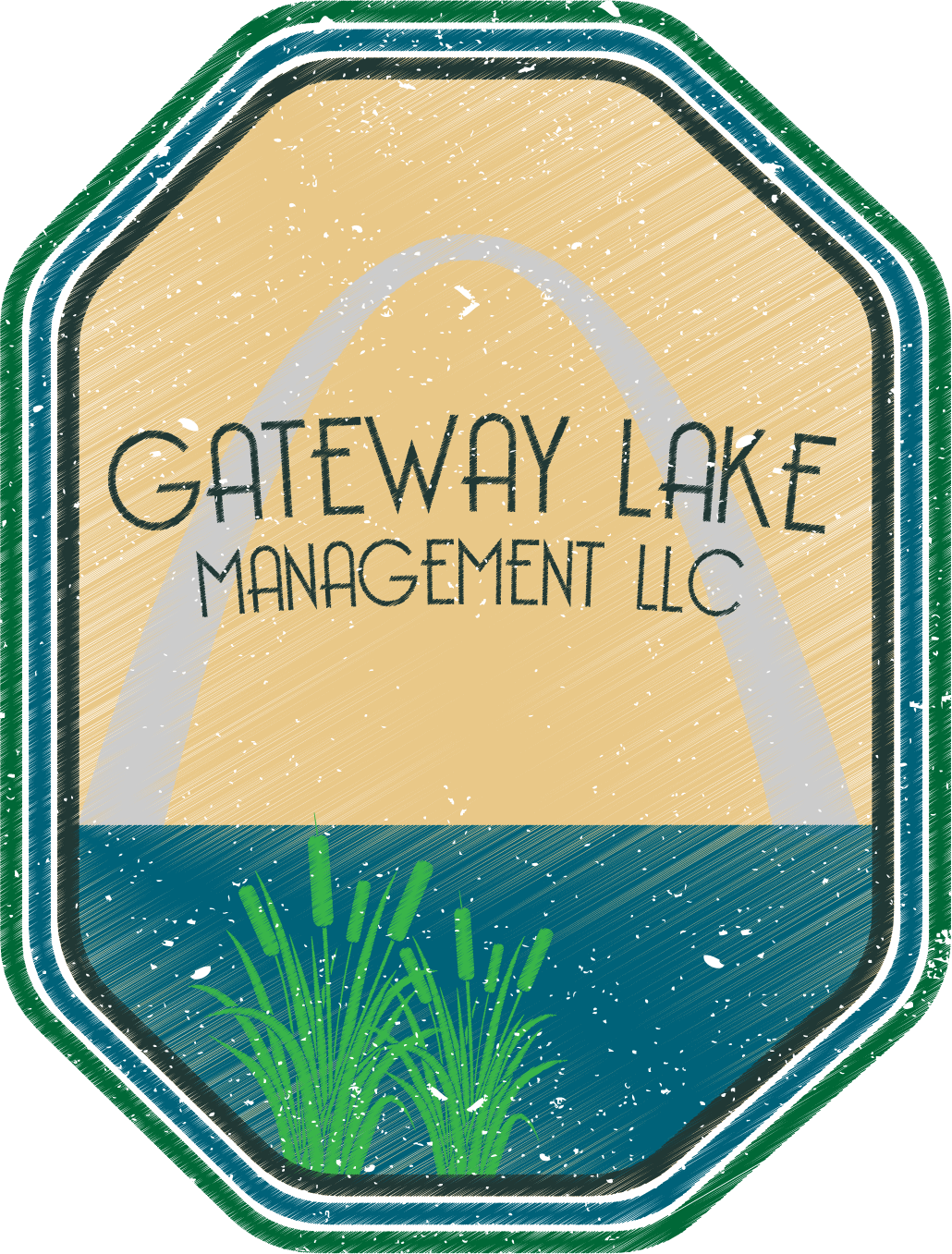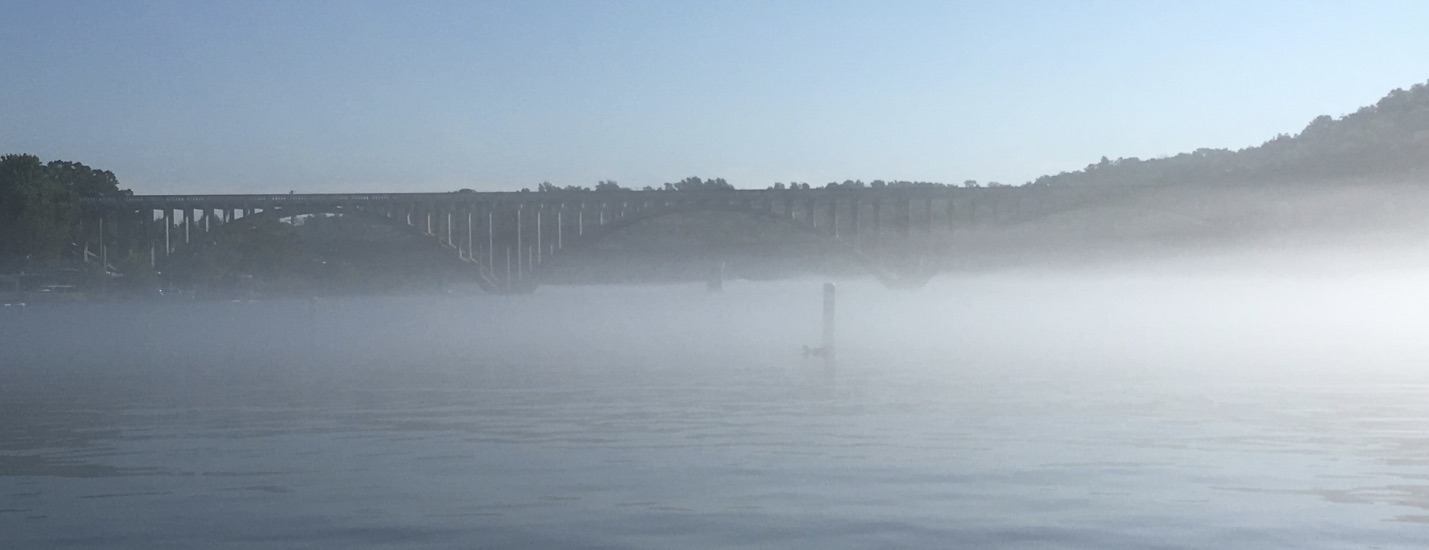Managing vegetation in your lake or pond is not as simple as managing turf. Every pond has a unique ecosystem that is continually changing with every rainfall, heat spell, or inflow of sediment that changes the composition of the water chemistry. Given the unpredictability of Missouri weather, treatment plans must be continually adjusted based on current conditions.
There are 4 main types of lake and pond vegetation
- Free floating pond weeds
- Rooted pond weeds
- Filamentous algae
- Planktonic algae
Free floating pond weeds such as duckweed and water meal are fast growing and expensive to control. They can also die off fast, depleting oxygen levels.
Rooted pond weeds can be submersed and barely visible such as curly leaf pond weed, American pond weed and southern naiad. Alternatively, rooted emergent weeds can “emerge” at or above the water’s surface, such as shoreline cattails, water lilies, lotus, pickerel weed and watershield.
Filamentous algae is what some people refer to as “pond scum” or “seaweed” in ponds. Filamentous algae is fast growing and very vigorous. It can take several treatments to reduce filamentous algae and repeat treatments to keep it under control.
Planktonic algae is very small and sometimes just gives the pond a green hue. In severe cases it can look like green paint on the surface. This is difficult to manage due to its rapid deterioration — when treated, it is the #1 cause of oxygen-related fish kills.
The specific type of vegetation in your pond, the amount present and weather conditions will determine which type of management program is possible.
Maintaining oxygen levels can help avoid fish kills
Oxygen related fish kills are avoided at all costs. In early spring/summer when water is 70 degrees or less, management can be done at higher rates than in mid-late summer when water temperatures rise above 70 degrees. This is because cool water has a much higher capability to hold oxygen. This is why it is both time consuming and expensive to manage vegetation all season long. In the heat of summer, less chemical is applied to smaller areas at incremental intervals to avoid reducing oxygen levels.
Treatment frequencies vary for algae and pond weeds
The experience and knowledge to be able to confidently manage nuisance levels of vegetation is a tight rope walk that I balance to successfully clean up lakes and ponds every day. Once the vegetation is gone, nutrients are re-released back into water and the growth cycle starts over. Typically, algae species come back faster than weed species. Therefore if algae is to be managed, I typically recommend a maintenance plan. One-time weed treatments are more feasible and effective, but they too could come back several times per year.
Understanding the ecology of your individual pond or lake is key to successful management
Every pond or lake is unique with its own water chemistry and species of vegetation present. That is why I find it important to hire a biologist who will treat your lake/pond specifically with every unique detail in mind. Knowing what vegetation you have in your pond and how it reacts to treatments can help you understand just how your pond/lake gets managed.
Contact me to get help with your pond and lake questions.

